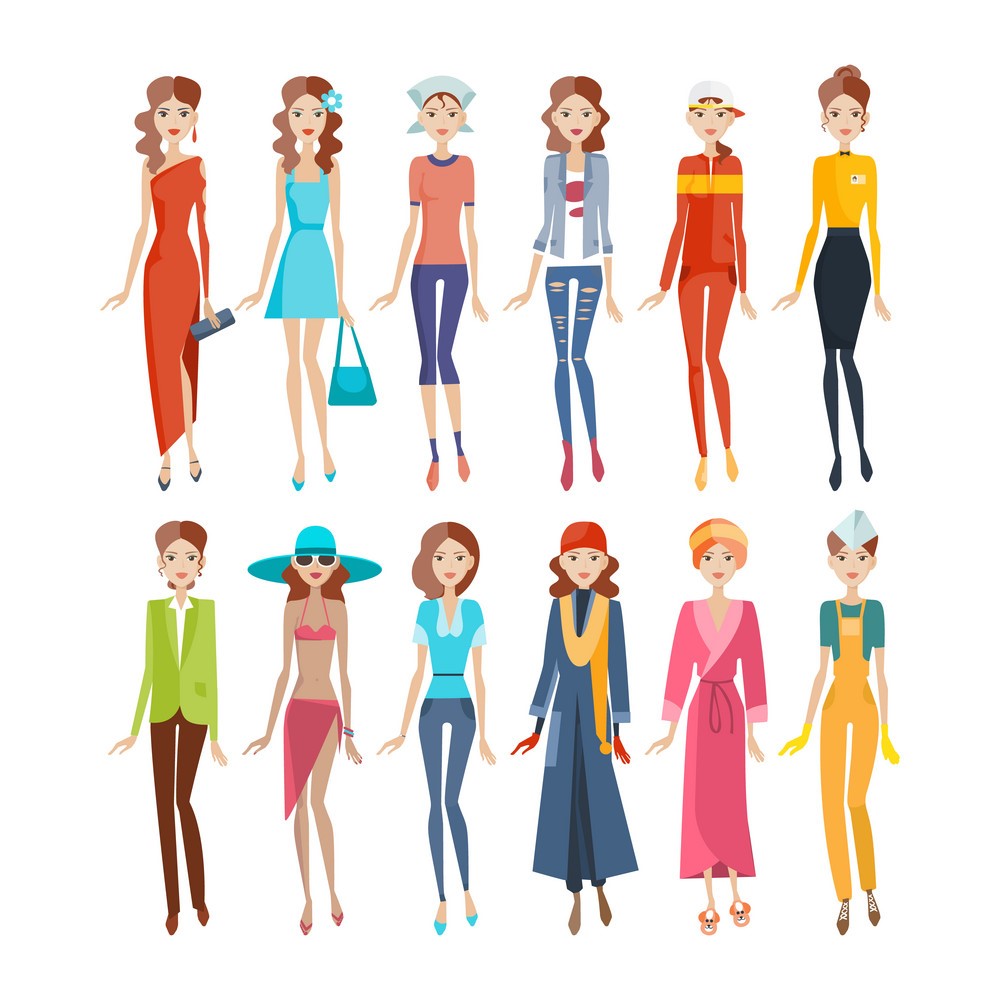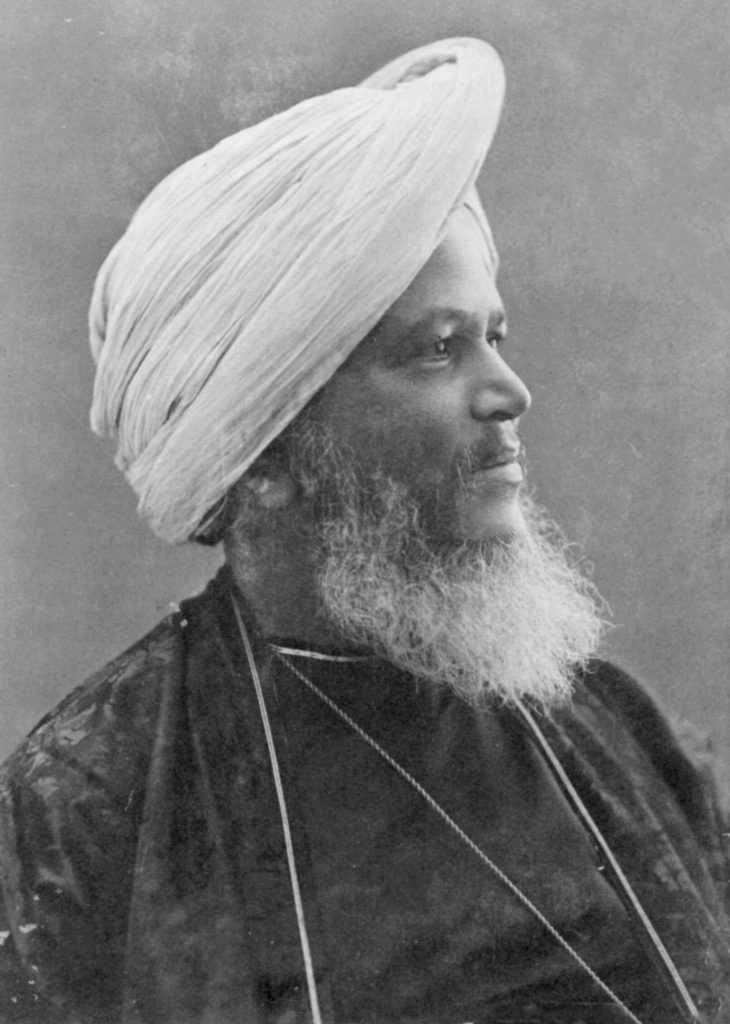By Arushi Kapoor

“Underlying the present quest for form and pattern is the basic assumption that dress is a systematic means of transmission of information about the wearer.” -M. L. Damhorst
Clothes and fashion are one of the most important markers of one’s identity since centuries. Relationship between one’s social status and attire was an underlying feature of a divided society which strived to maintain the demarcations and stop any and all attempts towards social mobility and equality. Thus, acquiring a lifestyle which included but was not limited to imitating fashion choices of the upper or modern class. Eventually this became the most dominant way of improving one’s social standing. This phenomenon when expanded beyond a small community could also be applied in terms of superior and inferior countries. The most prominent example of people adopting new fashion choices for the sake of popular approval can be given in the context of elite from colonised countries adopting the ways of colonial powers to ensure the security of their privileged status.

In India, Lala (Raja) Deen Dayal, was appointed as the first Indian official photographer by the British government in 1885. In his career, Lala Deen Dayal photographed various kinds of subjects, ranging from British officials to Indian princely states’ elite to upper middle class, whoever was able to afford him or piqued his interest. The most noticeable aspect upon analysing these photographs is the desperation of Indian elite to maintain their traditional status while at the same time their struggle to portray themselves as modern on terms defined by the British or, in broad terms, the western world. The Indian elite now undertook their official portraits and photographs in western attire, especially for the male of the household, while female were portrayed as the traditional perfect Indian women. The families who sent their children abroad to study took pride while showing them off in their western intellectual fashion sense. Thus, began the social practice of stereotyping people on basis of their clothes along the new lines of modern, backward, intellectual, city person, village person, etc. While on one hand we moved towards the modern judgement of free and equal society, on the other hand we developed the new stereotypes based on dressing sense of a person.
This trend of defining and judging a person’s personality and social status has continued well into the contemporary times and has firmly established itself. Mostly people subconsciously form their first impression based on these stereotypes. A few small instances from daily life will be an eye opener while we attempt to analyse the hold of this phenomenon on our minds.

A girl in a short dress or jeans would be considered ‘modern’ by the younger generation and be judged by the aunties in a public space. On the other hand is a girl in salwar suit who would be teased as ‘behanji’ by the younger generation while being labelled as a ‘sanskari ladki’ (cultured girl) by the elderly. While there is a possibility of the above scenario being true, it is also possible that the ‘modern girl’ is more well-mannered & respectable as compared to the ‘behanji’ or the ‘modern girl’ comes from a conservative family struggling to establish her individual identity in a city while the ‘behanji’ is a high profile employee of big corporate company. And thus, in a few seconds, we have already established an image of the person in front of us which couldn’t be farther from their actual personalities.
In another instance, a postgraduate college student who was the topper in her undergraduate class and is still a top performer enjoyed dressing up and applying make-up. She was advised by her professors not to dress up the way she did as she wouldn’t be taken seriously amongst the intellectual class. For a matter of fact, she did face reluctance from officials while trying to gain access to the library. On the other side of the spectrum, a person in a ‘homeless’ look with a ‘jhola’ (bag) roaming around an academic campus in flip flops would be considered a highly intellectual person without even attracting a single contemptuous look while the girl would be a constant subject of objectionable gaze.
Above stated illustrations are only insights into the circumstances people face. We know in our hearts this being the reality of the society. As everyone is fighting for a better and equal world where people are allowed to follow their hearts and dreams without being held back by society, it is also the time to take precautions before allowing new kinds of stereotypes to establish. And clothing, fashion being a crucial determinant of a person’s personality should be most immediately freed from any kind of attached generalisations and judgements.
The writer had just finished her M.A. in History from Delhi University and preparing for further studies. Exploring culture, society and learning about the various facets of humanity has intrigued her since childhood and thus she aspires to contribute her bit in making the world a better place.


